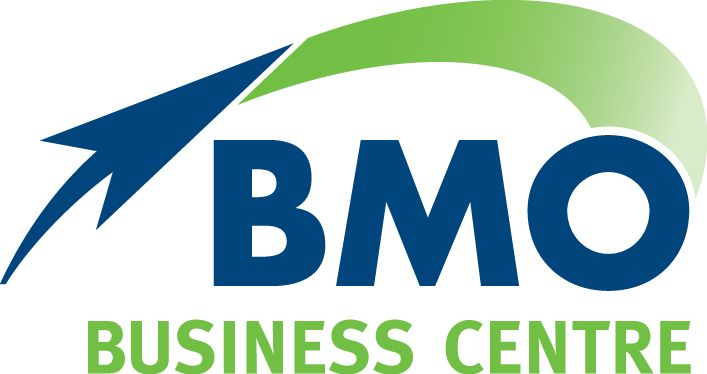New financial year, new super rules
With a new financial year underway, now’s the time for small business employers to check they’re across the latest changes to super obligations - from Superannuation Guarantee (SG) increases to updated balance contribution caps.
Here’s a brief roundup of the super changes you need to be aware of from 1 July 2025.
SG rate rises to 12% - what it means for you
A key change employers need to be aware of is the increase in the SG rate to 12 per cent.
This means you need to contribute a minimum of 12 per cent of your employees' ordinary time earnings to their chosen super account. (Obviously, if your eligible employees have a higher percentage listed in an award or employment agreement, you need to pay this higher amount).i
You should ensure all super and payroll calculations reflect the increased rate.
Employees making voluntary contributions or salary-sacrificing should be encouraged to review their super arrangements to avoid exceeding their annual contributions caps.
Make sure no employee is missed
Now is a good time to check you are paying SG for all eligible employees. Before 1 July 2022 you didn’t have to pay SG for workers earning less than $450 a month. But you now have to pay super, regardless of how much they earn.
Generally, all employees must be paid super, despite their employment status. This includes full-time, part-time and casual workers, temporary residents such as backpackers, company directors and family members.
If an employee is under 18 years, SG must still be paid when they work more than 30 hours in a week.
Reduced SG base for high-income employees
The higher SG rate also affects the indexed maximum super contribution base used to determine the maximum quarterly limit for a high-income employee’s earnings base.
From 1 July 2025, the quarterly maximum super contribution base is $62,500, which means the maximum SG payment amount per quarter is $7,500. The new limit is a decrease from the 2024-25 quarterly limit of $65,070.
As an employer, you are not required to pay SG on the part of your employee’s earnings above this quarterly limit, so review your payroll settings to ensure they reflect the reduced cap.
Annual contributions caps remain stable
While knowing these super changes is important, it’s also essential to know what is not changing on 1 July 2025.
The annual concessional contributions cap remains at $30,000, while the non-concessional contributions cap stays at $120,000. This means the three-year bring-forward cap also remains at $360,000 (The bring-forward rule allows those who are eligible to pay up to three years of after-tax super contributions in one year).ii
While you’re not responsible for tracking employees’ contribution caps, it’s important to understand them because they may affect staff making voluntary contributions or salary sacrifice arrangements.
Suggest that employees track all contributions entering their account and consider adjusting their super arrangements if they are nearing their annual cap.
Balance caps increase
The other key changes to be aware of is the increase in the general transfer balance cap (TBC) from $1.9 million to $2 million from 1 July 2025. The TBC is the limit on the total amount of super that can be transferred to the retirement phase.
The total super balance cap (TSB), which includes all of an employee’s super and retirement phase accounts, is also increasing to $2 million. This cap is used to determine eligibility for non-concessional contribution and bring-forward arrangement amounts, carry-forward concessional contributions, spouse tax offsets and government co-contributions.
The cap increases do not directly affect employers, but they may influence an employee’s decision on making additional super contributions or moving into retirement.
If you would like more information about the new super obligations for 2025-26, contact our office today.
i Super guarantee | Australian Taxation Office
ii Concessional contributions cap | Australian Taxation Office


